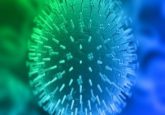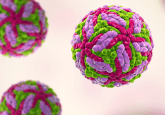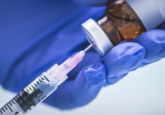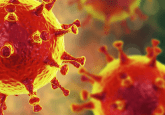Looking beyond the surface: A new method for determining the isoelectric point of a virus
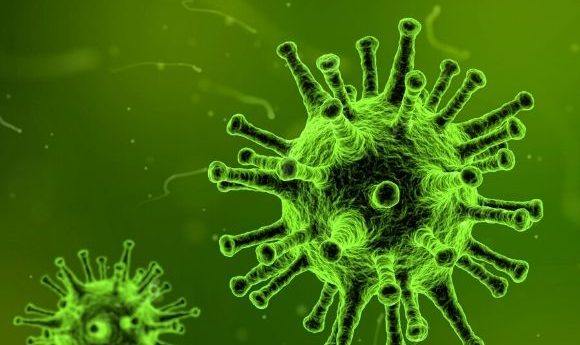
Researchers have developed a novel technique for determining the isoelectric point of a virus, which could be used for gene therapy and vaccine production.
The ability to predict the surface charge of viruses is essential for their characterization. One common method for characterizing a virus’s surface charge is to determine its isoelectric point. In an attempt to refine this method, a research team has developed a novel technique for determining the isoelectric point with greater accuracy.
In contrast to traditional methods, which focus on the bulk characterization of a viral solution, a team from Michigan Technological University (MI, USA) devised an innovative technique to determine the isoelectric point utilizing a single-particle method.
“We have these bulk methods where we put a virus in solution and we characterize the solution,” commented article author Caryn Heldt. “But if your virus isn’t completely purified — which is also difficult to do — then your characterization of your bulk solution means you’re characterizing everything in that solution.”
The novel technique, described in a recent study published in Langmuir, utilizes chemical force microscopy (CFM), a single-particle technique that measures the adhesion force between a functionalized atomic force microscope probe and the surface of a virus. Then, by making the probe either positive or negative, it can be used to scan across different pHs to determine a virus’ isoelectric point.
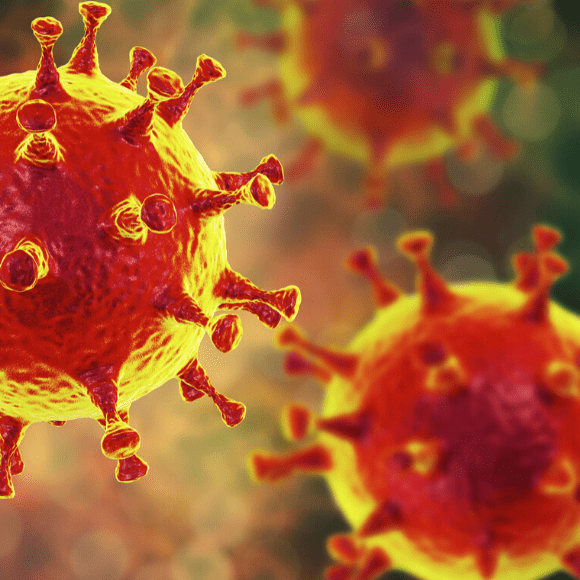 On the (continued) hunt for a coronavirus vaccine
On the (continued) hunt for a coronavirus vaccine
The quest for a treatment for coronavirus continues, with more announcements made regarding funding, collaborations and immunotherapeutic development.
“At a particular pH, the virus has a neutral charge,” Heldt explained. “So, if we want the virus to have a positive charge, we put the pH below the isoelectric point and vice versa.”
In order to demonstrate the accuracy of the technique, the team performed it with two different viruses: non-enveloped porcine parovirus, which has a well-documented isoelectric point, and enveloped bovine viral diarrhea virus, which does not have a known isoelectric point.
For porcine parovirus, the isoelectric point determined using the CFM method was consistent with literature values. Furthermore, the CFM values for both viruses were found to be consistent with other traditional bulk measurements. This confirmed that the CFM method is able to detect the surface charge of viruses at a single-particle level.
Single-particle methods would allow researchers to glean more information from smaller samples, which could be beneficial for streamlining several medical processes, including vaccine production and gene therapy manufacturing.
“So now we can try and predict chromatography conditions with just a small amount of virus,” Heldt remarked. “Also, we have preliminary data that shows this could be helpful for manufacturing viruses that could be modified and used to target specific genes to help with diseases like muscular dystrophy and some retinal diseases.”
